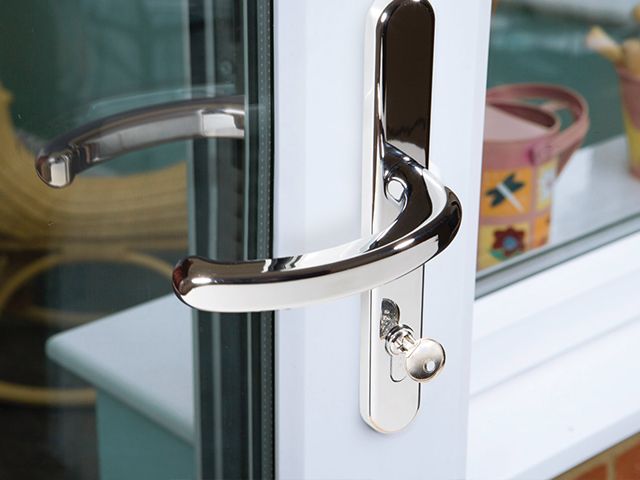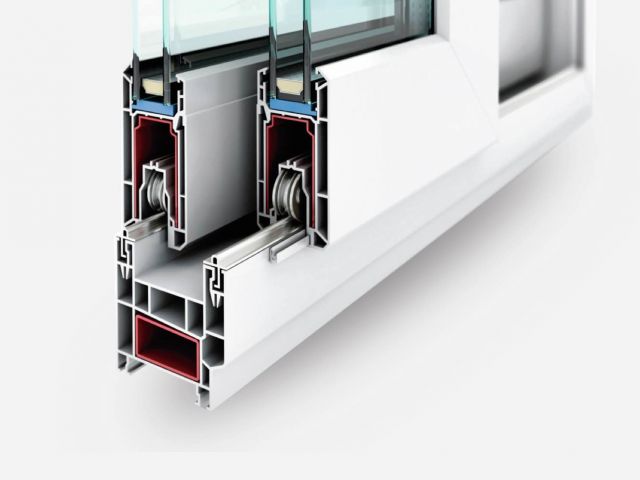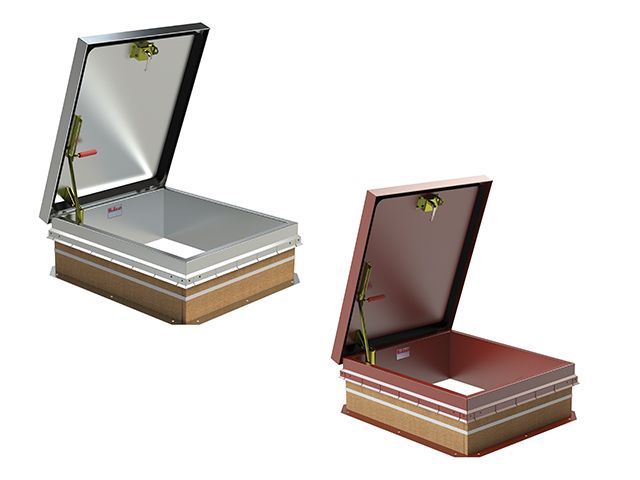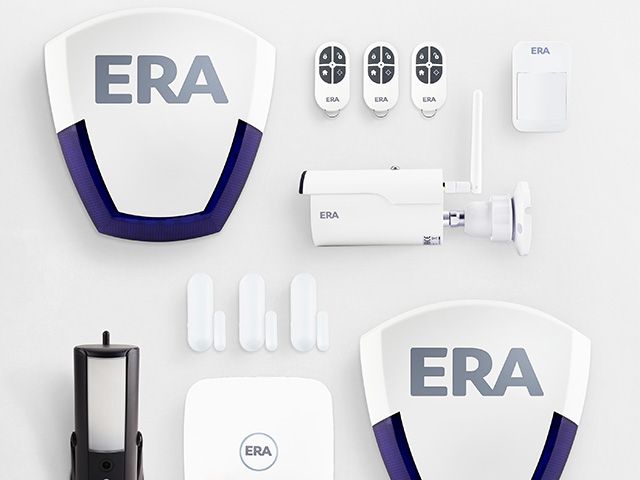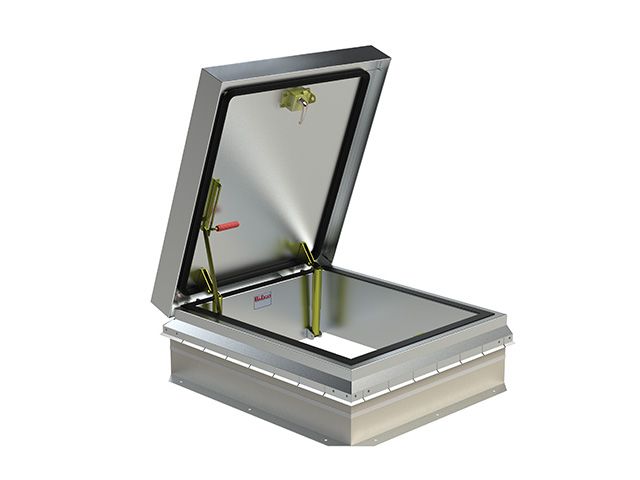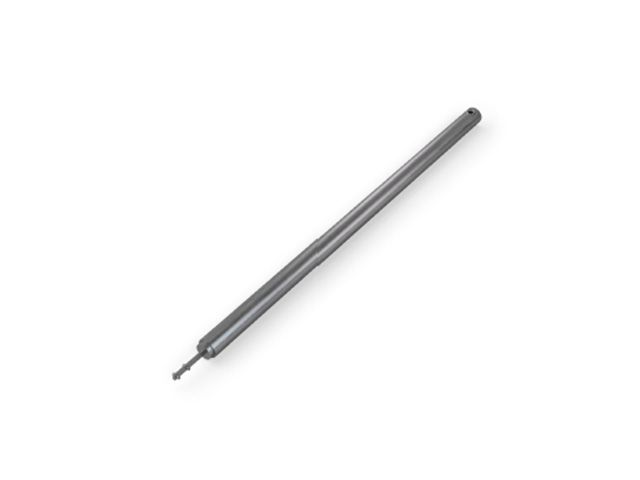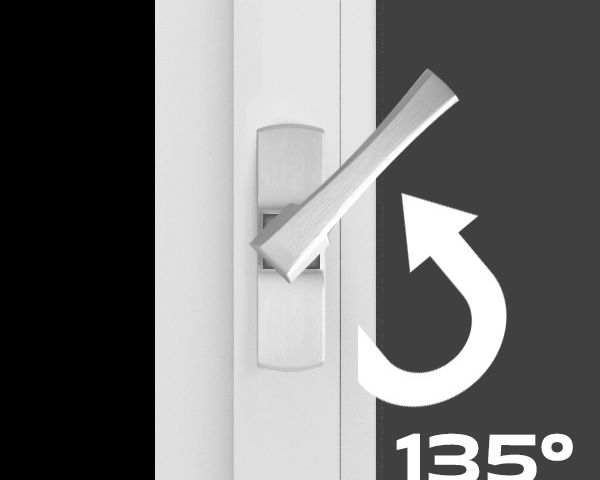Our Sustainable Solutions initiatives focus on both how we make and package our products, and the positive impact they have socially and environmentally.
Increasingly demanding building codes/standards and net zero goals will drive increased demand for more energy efficient windows and doors in both new build and retrofit. The transition to a low carbon and climate resilient economy will also increase demand for energy saving seals, thermally insulated roof hatches and adaptation solutions such as extreme weather protection products. Tyman’s security products are proven to reduce community crime rates, prevent injury through fall prevention devices and promote more inclusive living for disadvantaged / vulnerable groups in residential care and the home through easy to operate window hardware for elderly and disabled users.
We are developing a deeper understanding of the lifecycle environmental impacts of our products and have competed our first environmental product label through the C2C certification process for foam and brush pile seals. Going forward we will work to increase the recycled content of the materials going into our products and seek to eliminate hazardous substances and processes adopted by our supply chain. This activity will be informed by our work on developing a Science Based Target and working with our trade partners/associations.
The Group has commenced work to develop more sustainable packaging solutions (renewable or full recyclable) and avoid single use plastics where possible. Where single use plastics are unavoidable we will look to source plastics with the highest levels of recycled content and which can be recycled or composted via arrangements that are widely available. This work will apply to both new product development and existing products ranges as we seek to transition to 100% sustainable packaging by 2026.
We aim to increase year-on-year the % revenues from products that positively contribute to the UN SDGs. Tyman’s Sustainable solutions pillar leads to the following contributions under the United Nations Sustainable Development Goals:
| SDG | Target | Our planned contribution |
|---|---|---|
| Target 7.3 By 2030, double the global rate of improvement in energy efficiency | Products that save energy by reducing thermal losses in buildings such as Q-Lon window seals and thermally insulated roof hatches (climate change mitigation) | |
| Target 13.1 Strengthen resilience to adaptive capacity to climate-related natural disasters | Severe weather protection solutions such as high strength multi-point hinged patio door locks and roof hatches for hurricane vulnerable locations (climate change adaptation) | |
| Target 11.1 By 2030, ensure access for all to adequate, safe and affordable housing Goal 3 Good health and well-being |
Products that reduce community crime rates (alarms and high-security certified locks are proven in crime reduction studies), prevent injury and/or ill-health (fire protection products and fall prevention e.g. Pegasus and SafeGard™ child safety devices for windows, safety handrail systems for roof hatches, lockdown security products and anti-bacterial coatings for door handles), or promote inclusive living for disadvantaged/vulnerable groups such as extended lever hardware and hybrid balances used in nursing homes allowing easy opening by elderly or disabled users | |
| Target 8.4 Improve global resource efficiency in consumption and production to decouple economic growth from environmental degradation | Incorporating recycled content and responsibly sourced materials in our products throughout our supply chain and new product development processes. Driven by growth in sustainable building certification such as BREEAM, LEED and net zero strategies | |
| Target 12.2 By 2030, achieve the sustainable management and efficient use of natural resources Target 12.4 Achieve the sound management of chemicals and all wastes throughout their lifecycle |
Ensuring we use sustainable packaging and eliminate hazardous chemicals / substances in our supply chains and address the lifecycle environmental impacts of our products, through for example, Environmental Product Declarations (EPDs) and C2C product certifications |
You can find the latest information, case studies and metrics on the Group’s sustainable solutions in the sustainability performance section of our Annual Report and Accounts and the Tyman Sustainability Data Table.
